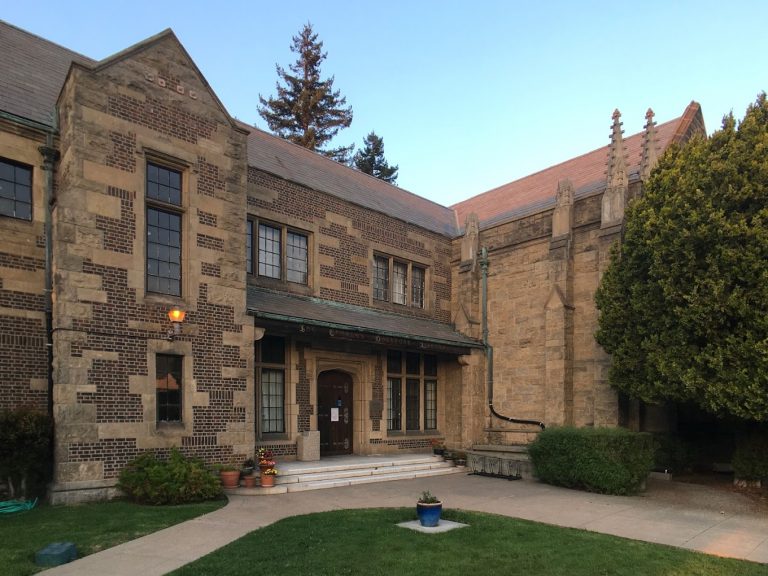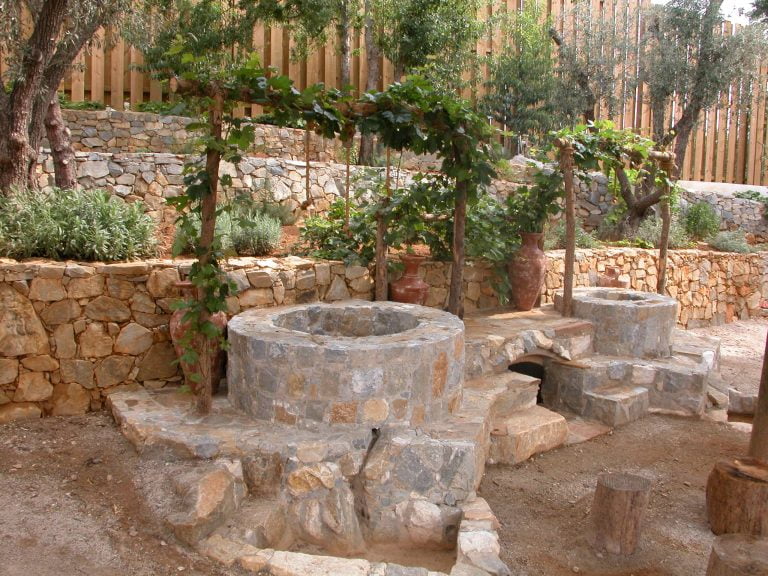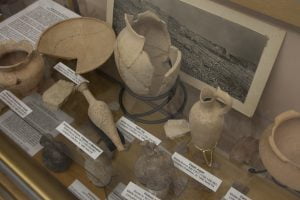Favorite
From website: Welcome to the Linda Byrd Smith Museum of Biblical Archaeology. With more than 100 artifacts displayed, the museum can be used as a resource for students to provide context and help them better understand their biblical studies. The museum has 10 sections that showcase items such as storage jars, perfume bottles, coins, weapons, wine skins and other artifacts Read more...
Favorite
The focus of the Badè Museum of Biblical Archaeology is on the excavation of Biblical Mizpah (Tell en-Nasbeh) from 1926 to 1935 under the British Mandate. Mizpah, named for the place where Jacob and Laban made a covenant after Jacob left Laban’s employment with his wives Rachel and Leah (Laban’s daughters) according to Genesis 31:49. It was made into a Read more...
Favorite
From website: The highlight of any visit to the Biblical History Center is a walk through the Archaeological Replica Garden where full-scale reconstructions of structures relevant to daily life in Biblical times bring history to life. Four areas of ancient life are represented in our Archaeological Replica Garden: Life of the Shepherd, Life of the Farmer, Life of the Village, Read more...
Favorite
DorseyMoba.org: The David A. Dorsey Museum of Biblical Archaeology was created in 1980 by the generosity of Alan and Muriel Pense and the dedicated work of Dr. David A. Dorsey, Distinguished Professor of Old Testament of Evangelical Seminary. The museum contains nearly 500 archaeological artifacts from the lands of the Bible. The Dorsey Museum is designed to give visitors Read more...
Favorite
From website: ANCIENT ARTIFACTS TSUMA features hundreds of ancient objects from the times of Abraham, Moses, David and Solomon, the Hebrew prophets, John the Baptizer and Jesus. Each artifact is linked to a Bible passage, lending a 3-dimensional, tangible reality to the text. Artifacts from the TSU excavation of biblical Sodom (Tall el-Hammam) are on display for the first time. Read more...
Favorite
From AsburySeminary.edu: The Livingston Lab houses a collection of authentic archaeological artifacts from Bible lands dating from over 5000 years ago through the St. Augustine period around A.D. 400. The lab contains pieces from the times of Abraham, Moses, Gideon, David and the prophets, more than 10,000 high-resolution images of Bible lands, a library of historic and contemporary maps and Read more...





